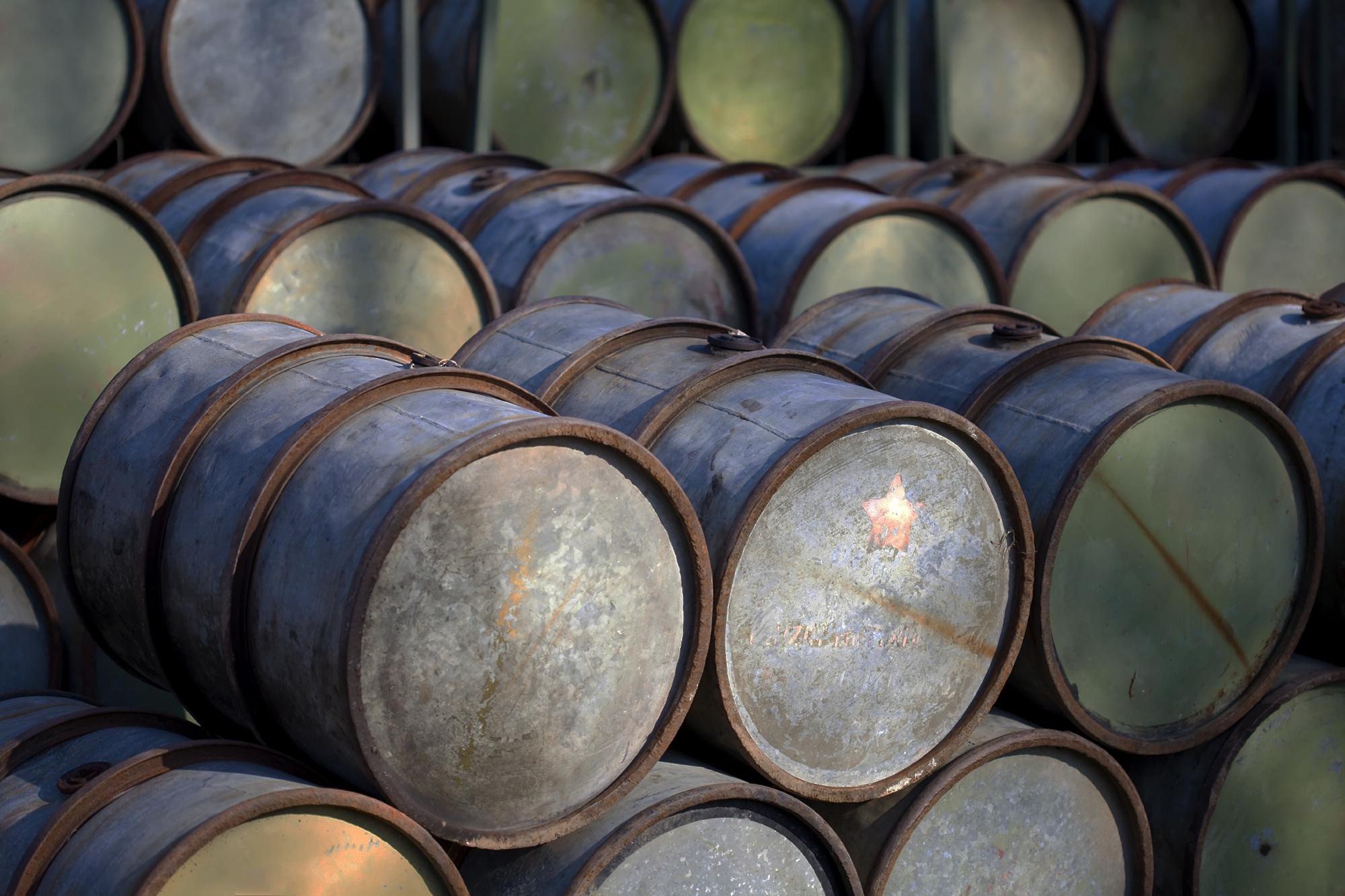
The much touted deal to ease economic sanctions on Iran is opening up business opportunities in multiple sectors, with much of the attention focused on energy during a period of depressed oil prices.
Iran was not a party to agreements by oil-producing nations to cap their output in an attempt to stabilize the market. Moody's Investors Service has forecast that Iran will increase the supply by adding more than 500,000 barrels per day to global production this year.
However, in the February report, “Iran's Ability to Boost Oil Production Faces Technical and Political Hurdles,” Moody's said the country faces “significant hurdles to boosting its oil production meaningfully.” Iran would have to re-establish its customer base, attract investments to upgrade its oil fields and successfully dance around a range of existing and potential political risks.
“Iran will try to increase exports to China, but regional rivalries could hinder this effort, with Saudi Arabia currently China's largest crude supplier,” said Moody's associate analyst Waheed Sheikh. “China will likely maintain its crude import policies rather than risk damaging ties with either country.”
Although the lifting of sanctions provides a clear opening for foreign trade and investment, Iran's transition from years of isolation will be tricky to navigate.
New Opportunities
According to international risk advisory firm Coface, Iran is the second largest economy in the Middle East and North Africa (MENA) region, with a GDP of $416.5 billion. After two years of recession, Coface projects real GDP growth of 3.8% in 2016.
Post-sanctions, Iranian government authorities expect to attract foreign investment of at least $50 billion annually, which is far above the $2.1 billion of foreign direct investment in 2014.
“Key sectors that should lead the economy's recovery in the post-sanctions period include transportation, housing and urban development,” said Seltem Iyigun, Coface economist for MENA and Turkey. “Besides these industries and the predominant oil and gas sector, the country has opportunities in almost every industry.”
Gradual Progress
Near term, Iran's return to global trade should be gradual, as noted in the Coface Panorama Report on Iran. The country is relatively closed, and the authorities will favor a gradual lessening of tariff and non-tariff barriers.
Weaknesses in the banking sector are also seen as limiting export growth.
“Imports valued at over $50,000 are subject to a pre-shipment quantity and quality inspection,” noted Coface Middle East economist Sofia Tozy. “In addition to the policies on tariffs, regulatory constraints and bureaucratic inflexibility are likely to hamper trade growth in the short term.”
Another hurdle is the aging oil infrastructure, which industry experts say requires $150 billion to $200 billion in capital investment to modernize.
"Many integrated oil companies are simply unable to invest right now, because low oil prices have weakened their earnings and pushed their cash flow deeper in the red,” Sheikh said. "Integrated oil companies will need to cut capital spending through at least 2016.”
U.S. oil companies are still prohibited from investing in Iran because some sanctions related to terrorism and ballistic missile development remain in place relating to missile and nuclear technology, certain metals and software.
Iran's obligations to comply with sanctions provisions and the P5+1 (China, France, Germany, Russia, the U.K. and U.S.) nuclear non-proliferation pact represents a political risk, as do battles between conservative and reformist factions in the parliament.